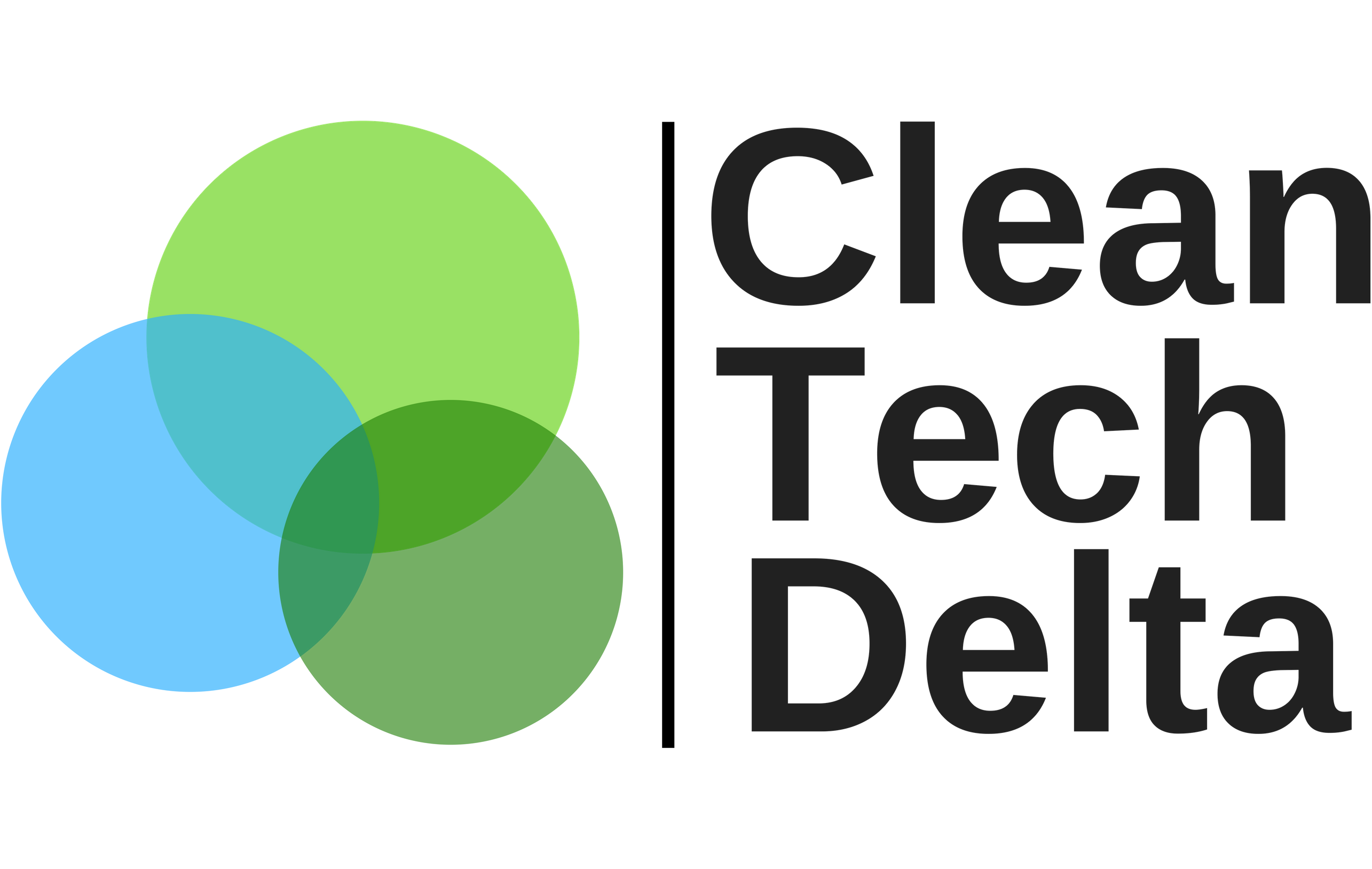AI starts to leave the lab and starts to be more and more part of everyday life and industries around the world. Some applications are becoming platforms with proven business cases like predictive maintenance and demand forecasting and have significant value implications for a variety of industries.
How we define AI is a moving target but has been from the beginning about the user experience (the Turing test) and moved from chess, via speech recognition and today more about creativity and context (Siri) and effective computing reproducing human emotions leading to self-learning and even aware machines.

Today we expect machines to recognize human logic, imagination, even emotions and likes or wants.Computer vison and natural language processing are elements of this – much broader – landscape. The human interfaces, now the smartphone, tend to replace the things they communicate with like physical stores.
How does AI impact industry? One example is predictive maintenance using leading indicators and sensors to measure these indicators with bankable cases like reducing failures, maintenance time, reduced false alarms and energy use.
Computer vision is an important enabler for intelligent systems to understand where they are in the specific environment they operate in and therefore moves into the robotics / autonomous systems research.
Industry specific use cases can be found in medical enhancing the medical professional’s work, in transportation where autonomous vehicles have immediate use cases like convenience but have the potential of transforming the auto industry by new competitors that have an AI platform and superior user interfaces. Electrification of people transport leads to low emissions, connectivity to higher efficiency and novel business models like ride sharing to higher asset utilisation. Self-driving and shared vehicles will lead to even higher productivity, less errors and lower emissions. Some estimates are we need >75% less cars on the road through the introduction of intelligent and autonomous cars.
The disruptive impact is that value for the user and productivity of the asset are increasing simultaneously. The next few years AI will go mainstream and already a frenzy of acquisitions takes place and chatbots (intelligent apps) and trying to create an interface for everything will dominate the development of AI as well as integration of sound and vision and nudge technologies.
It is hard to overstate the significance of AI and this is true for clean tech as well. Zenrobotics pairs AI with industrial robots and powerful sensors to identify and extract recyclables within large quantities of waste. Vertical and urban farms use combinations of AI and sensors to allow hydroponic growers to control water and PH from a distance and Nexttracker makes devices that shift solar panels to soak in as much direct sunlight as possible, acquired a startup called BrightBox to add some intelligence to its hardware. AI is used by utility companies to analyse data on client’s energy usage and presents it in such a way that behavioural change is promoted.
These are just some examples of how clean tech companies can integrate AI into their products and services and offer higher productivity and value creation as well to their customers.
February 9th 2017
Fred van Beuningen
